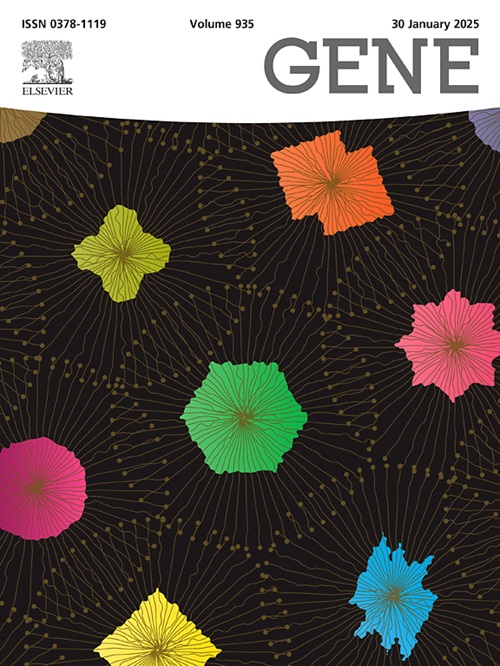不同癌症类型中低氧诱导因子 (HIF) 基因表观遗传变化的影响
IF 2.6
3区 生物学
Q2 GENETICS & HEREDITY
引用次数: 0
摘要
癌症缺氧是恶性肿瘤的一个重要特征,从几乎不缺氧到严重缺氧,都会影响基因表达、新陈代谢和与肿瘤形成相关的机制,是癌症治疗的一个关键障碍。它触发了一个复杂的细胞信号通路网络,如 NF-κB、PI3K、mTOR/AKT、MAPK、HIF 及其相关基因的调节作用。癌症的发生和发展归因于基因和表观遗传学的改变,这两者有着内在的联系。近来,人们发现,在疾病进展过程中,表观遗传修饰会导致基因突变,而基因突变又会改变表观基因组,这给制定治疗策略带来了重大障碍。然而,随着科学技术的进步,各种表观组学和多视角聚类算法不断涌现,为进一步细分癌症类型、提高这些亚型的预后和治疗效果以及理解不同分子层的关键病理生理机制提供了无与伦比的前景。多组学使科学家们能够更全面地了解细胞功能失调导致癌症的各种途径。因此,首先了解肿瘤缺氧在基因水平上发生的表观遗传变化就变得至关重要。这篇综述揭示了 HIF 基因在缺氧环境中的作用及其与癌症表观遗传学机制的关系。它还进一步介绍了如何利用全息方法来研究致癌细胞的变化,以及生物信息学工具如何帮助识别参与疾病进展的复杂基因网络。最后,它还介绍了现有表观药物疗法的优势和不足,以及如何将其用于开发新型治疗方案。本文章由计算机程序翻译,如有差异,请以英文原文为准。
Effect of epigenetic changes in hypoxia induced factor (HIF) gene across cancer types
Cancer hypoxia, a crucial characteristic of malignancy, ranging from practically non-hypoxic to severe, impacts gene expression, metabolism and mechanisms associated with tumor formation serves as a key obstacle in cancer therapy. It triggers a complex network of cell signaling pathways, such as the NF-κB, PI3K, mTOR/AKT, MAPK, HIF and their associated genes regulating the effects of the same. The onset and advancement of cancer are attributed to genetic and epigenetic modifications which are intrinsically related. Off late, it has been observed that in disease progression, the epigenetic modifications lead to gene mutations that in turn alter the epigenome, presenting a major hurdle in fabricating treatment strategies. However, the progress in science and technology has led to the emergence of various surfacing omics and multi-view clustering algorithms, which offer unparalleled prospects for further subtyping cancers, enhancing the prognosis and treatment results of these subtypes, and comprehending crucial pathophysiological mechanisms across diverse molecular strata. Multi-omics has allowed scientists to gain a more comprehensive understanding of the various ways that cellular malfunction can lead to cancer. So, it becomes of utmost importance to firstly understand the epigenetic changes taking place in tumor hypoxia at gene level. This review sheds light on the role of HIF gene in hypoxic milieu and its relationship with mechanisms of cancer epigenetics. It further glances as to how omics approach can be used to study the oncogenic cellular changes and how bioinformatic tools aid in identification of complex gene networks involved in disease progression. Lastly, it glimpses through the benefits and shortcomings of the existing epi drug therapy and how it can be used in developing novel treatment options.
求助全文
通过发布文献求助,成功后即可免费获取论文全文。
去求助
来源期刊

Gene
生物-遗传学
CiteScore
6.10
自引率
2.90%
发文量
718
审稿时长
42 days
期刊介绍:
Gene publishes papers that focus on the regulation, expression, function and evolution of genes in all biological contexts, including all prokaryotic and eukaryotic organisms, as well as viruses.
 求助内容:
求助内容: 应助结果提醒方式:
应助结果提醒方式:


